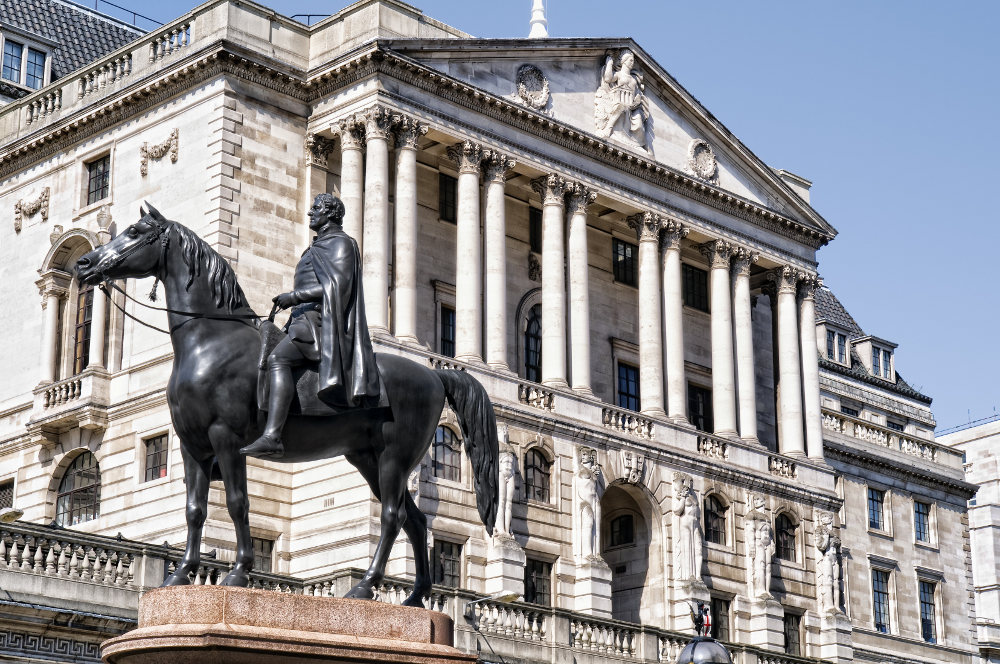Bank of England

The Bank of England is the central bank of the UK. With a history dating back to the end of the 17th century, the Bank is the 8th oldest bank and the second oldest central bank in the globe. As such, it served as a prototype for many central banks in the mainland Europe and elsewhere. Originally privately owned, the Bank was later nationalised.
Foundation and Early History
The Bank of England was founded in 1694 with an aim to help the government get the necessary funds for its involvement in the Nine Years’ War (1688-97) against France under King Louis XIV. Its foundation was conceived by Charles Montagu, 1st Earl of Halifax (1661-1715) who was at the time serving as the Commissioner of the Treasury. The idea for the establishment of the Bank, however, was from Sir William Paterson (1658-1719) who called for its creation in the early 1690s. Therefore, Paterson is often referred to as the father of the Bank of England.
Paterson is also remembered as the proponent of the Darien scheme. The latter sought to create a Scottish colony on the Gulf of Darien in today’s Panama which went horribly wrong. Paterson who joined the expedition to Panama lost his wife and child, and got severely ill himself. However, he managed to survive and later played an important role in the formation of the Union of Scotland and England.
The Bank’s Building and Headquarters
The Bank was originally located in Walbrook on the exact same site where remains of a Roman temple (to god Mithras) were found during archaeological excavations in the 1950s. It moved to a newly built purpose building in Threadneedle Street in 1734 and it has been headquartered here ever since. The Bank building went through several alterations, extensions and improvements according to plans by several architects including prominent names such as Sir Robert Taylor (1714-1788), Sir John Soane (1753-1837) and Sir Arthur Blomfield (1829-1899), to mention only a few. One of the most recent and most controversial projects involving the Bank’s building took place in the 1920s and 1930s when Sir Herbert Baker (1862-1946) demolished much of the old office buildings to create a new modern space.
From Nationalisation to the Present Day
As mentioned above, the Bank of England has been nationalised in 1946. In 1997, however, the Bank was granted operational independence by the UK Parliament. A few years later, it also received a new set of responsibilities including the obligation to oversee and regulate banks, insurance companies, stop repossession companies, investment firms, credit unions,… ensure financial stability, set the UK monetary policy, etc.